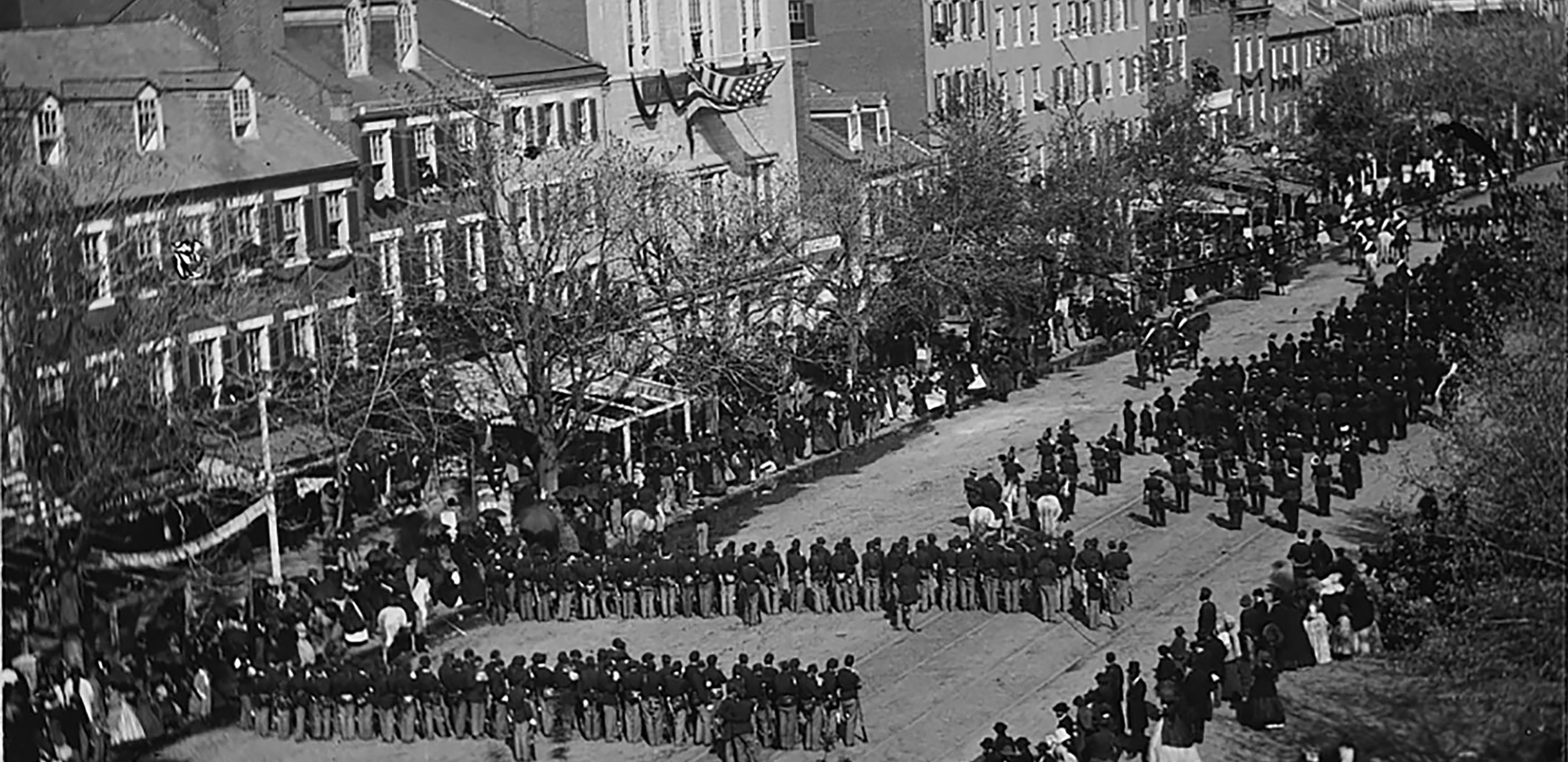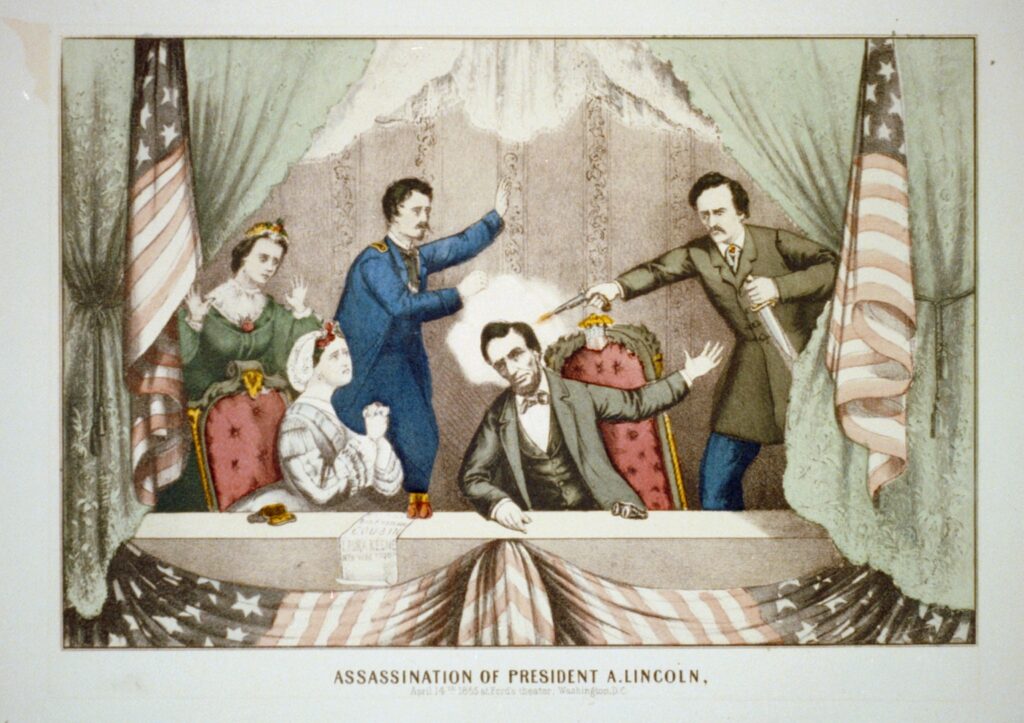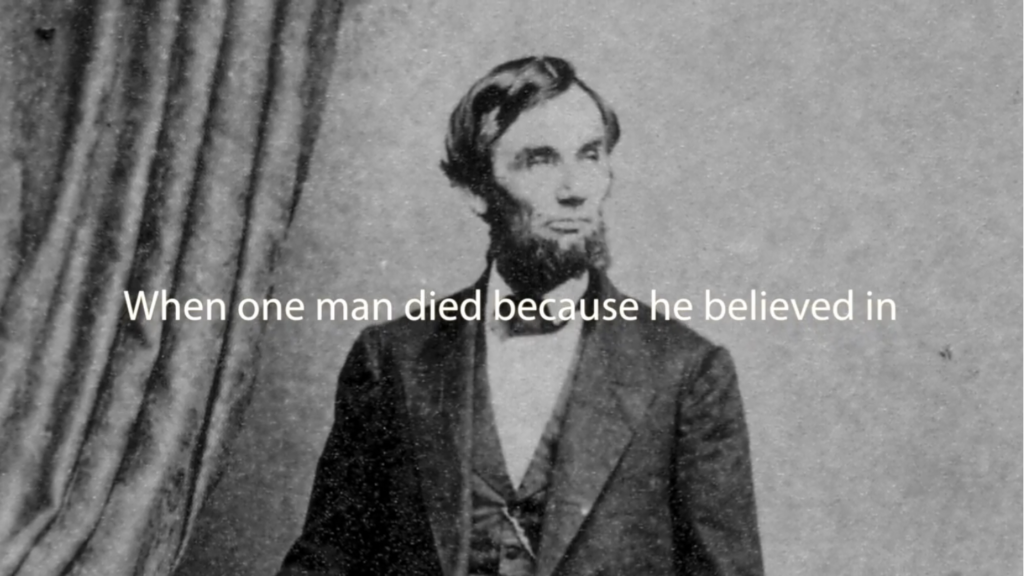
Lincoln’s Funeral
The question of how the nation would mourn President Lincoln arose immediately after his assassination. Federal government officials decided that a public funeral would allow the nation to grieve.
First Lady Mary Lincoln hoped to keep her husband’s remains out of the national spotlight, but Secretary of War Edwin Stanton overruled her. On April 21, 1865, a train car carrying Lincoln’s body left Washington, D.C. The train stopped in major cities en route to its final destination, Springfield, Ill. Mary Lincoln remained in Washington.
Large crowds came out to pay respects in the cities along the train’s route. The casket was removed from the train for official ceremonies in certain cities. People lined areas near train tracks to see the funeral train pass through farms and villages.
On May 4th, the train arrived in Springfield. Lincoln’s body was displayed in the former Illinois Capitol, and then buried in a local cemetery.
The Funeral Train
Continue Exploring

Lincoln’s Assassination
What happened when John Wilkes Booth stepped into Ford's Theatre?
On the morning of April 14, 1865 (Good Friday), actor John Wilkes Booth learned President Abraham Lincoln would attend a performance of the comedy Our American Cousin that night at Ford’s Theatre—a theatre Booth frequently performed at. He realized his moment had arrived.

Teaching Lincoln’s Assassination and Legacy
Are you looking to teach the Lincoln Assassination?
We offer ready-to-use history lesson plans focused on how to teach President Abraham Lincoln’s assassination and the Civil War.
Protect Our History
Give to Ford's Theatre and help us share the stories that shaped a nation.

